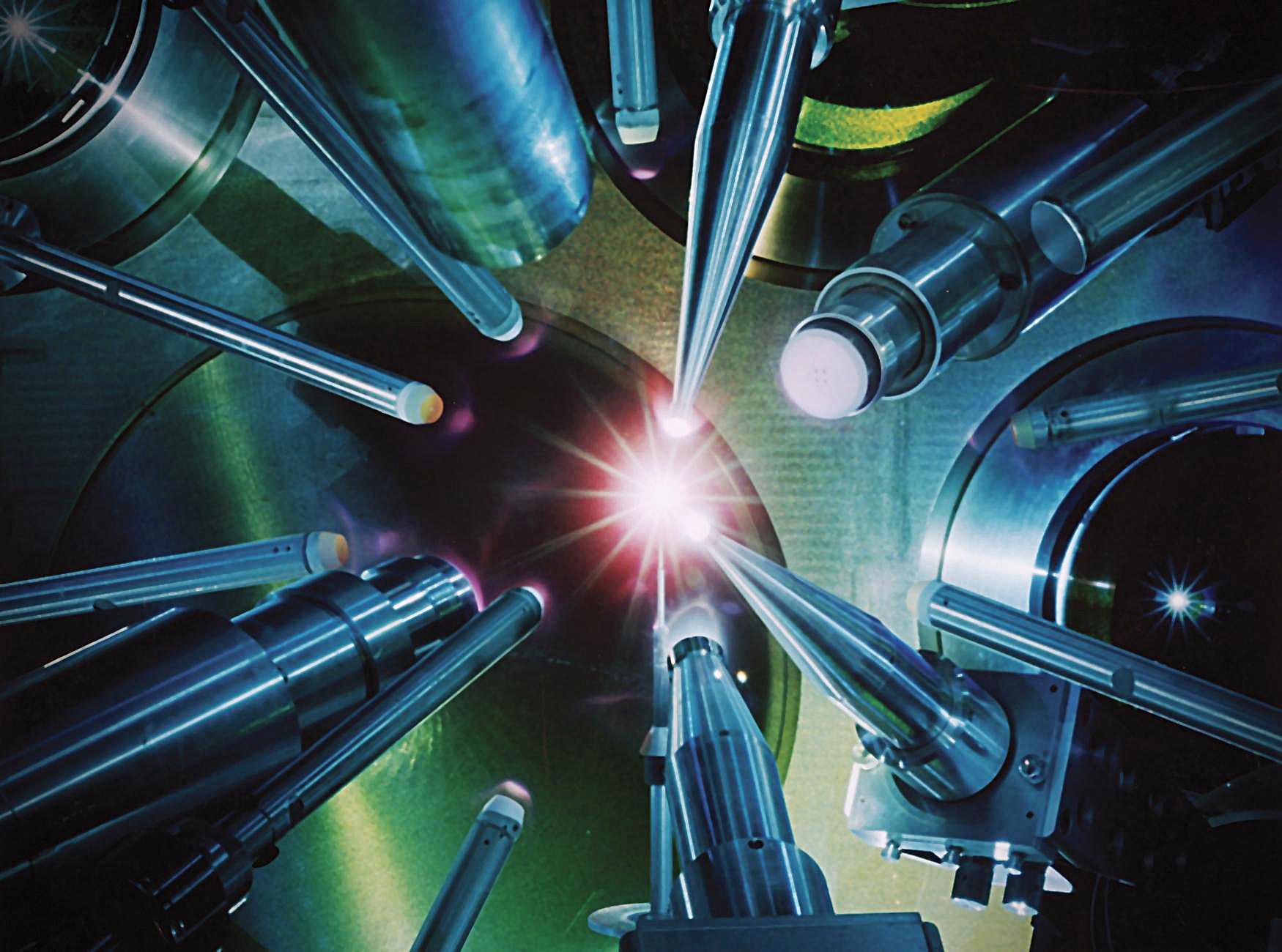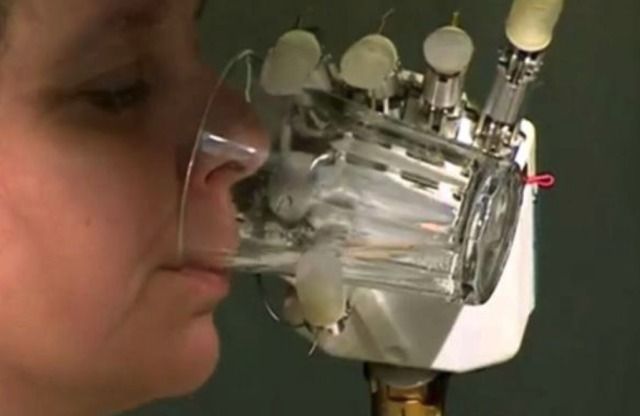Internet of Things trends for 2018. Our expert Ahmed Banaf reviews how this tech trend will evolve this year: dat analytics, fog computing and blockchain.



The development of ultra-intense lasers delivering the same power as the entire U.S. power grid has enabled the study of cosmic phenomena such as supernovae and black holes in earthbound laboratories. Now, a new method developed by computational astrophysicists at the University of Chicago allows scientists to analyze a key characteristic of these events: their powerful and complex magnetic fields.
In the field of high-energy density physics, or HEDP, scientists study a wide range of astrophysical objects—stars, supermassive black holes at the center of galaxies and galaxy clusters—with laboratory experiments as small as a penny and lasting only a few billionths of a second. By focusing powerful lasers on a carefully designed target, researchers can produce plasmas that reproduce conditions observed by astronomers in our sun and distant galaxies.
Planning these complex and expensive experiments requires large-scale, high-fidelity computer simulation beforehand. Since 2012, the Flash Center for Computational Science of the Department of Astronomy & Astrophysics at UChicago has provided the leading open computer code, called FLASH, for these HEDP simulations, enabling researchers to fine-tune experiments and develop analysis methods before execution at sites such as the National Ignition Facility at Lawrence Livermore National Laboratory or the OMEGA Laser Facility in Rochester, N.Y.
Scientists are using X-ray tech to read this sealed document without opening it.

I guess the idea works, but there’s one little snag.
Putting solar panels into our roads isn’t the craziest idea, but we may as well admit that it poses some unique challenges. For instance, people may want to walk away with pieces of it. That’s what happened in China, anyway, just five days after authorities opened up what they claim is the world’s first solar panel-paved highway.
As reported by the Qilu Evening News (and noted by TechNode), the experimental kilometer-long stretch of road in Shandong is covered in more than 10,000 solar panels, sandwiched between an insulating layer on the bottom and a durable, transparent one on top — less than 3 cm thick all told. There are coils that can charge electric cars as they drive over it, and the system can even warm up in order to melt snow and ice. It opened to use on December 28.
Unfortunately, during an inspection on the morning of January 2, officials found a narrow piece missing, neatly cut. About 6 inches wide and 6 feet long, the piece didn’t appear to have detached on its own — suggesting someone stole it. But why?

China is not the only country with a nuclear bunker for its top leaders. Governments of major powers built similar bunkers during the cold war era, and while several have since been abandoned or opened to tourists, some are still used for defence purposes.
Scientists shed light on Beijing’s nuclear bunker located in ‘world’s most deeply buried karst caves’.
The Silicon Valley property management startup Zenplace wants to streamline the rental process with AI learning and robot realtor home tours.

Prosthetics have improved my leaps and bounds over the past century and we’ve reached a point where someone with an artificial limb is often just as capable (and in some cases even more capable) than a person with their natural arms and legs. Still, prosthetics have long fell short in one very important aspect, which is the sense of touch afforded by human skin. That could all be changing thanks to an incredible breakthrough that has provided a woman with a bionic hand that can actually feel.
Almerina Mascarello lost her left hand and part of her forearm in an accident more than two decades ago, and was chosen as one of the test subjects for a new type of prosthetic that relays the feeling of touch to the wearer. Remarkably, it seems to work brilliantly.
Don’t Miss : Apple brand battery cases for the iPhone 6/6s and iPhone 7 are discounted on Amazon.

December was a big month for advocates of regulating artificial intelligence. First, a bipartisan group of senators and representatives introduced the Future of A.I. Act, the first federal bill solely focused on A.It would create an advisory committee to make recommendations about A.I. — on topics including the technology’s effect on the American work force and strategies to protect the privacy rights of those it impacts. Then the New York City Council approved a first-of-its-kind bill that once signed into law will create a task force to examine its own use of automated decision systems, with the ultimate goal of making its use of algorithms fairer and more transparent.
Sure, the technology poses risks. But the current approach to regulating it is a mistake.
Everyone could be wearing a tDCS cap in 5–10 years, top scientist states.
The XB-1 will be the first independently-developed supersonic jet, and the fastest civil airplane ever made. Oh, and tickets are $6,600.